The amazing versatility of bamboo is no secret to green revolution visionaries like architects and builders.
They learn firsthand how easily bamboo can be shaped and formed into different building components.
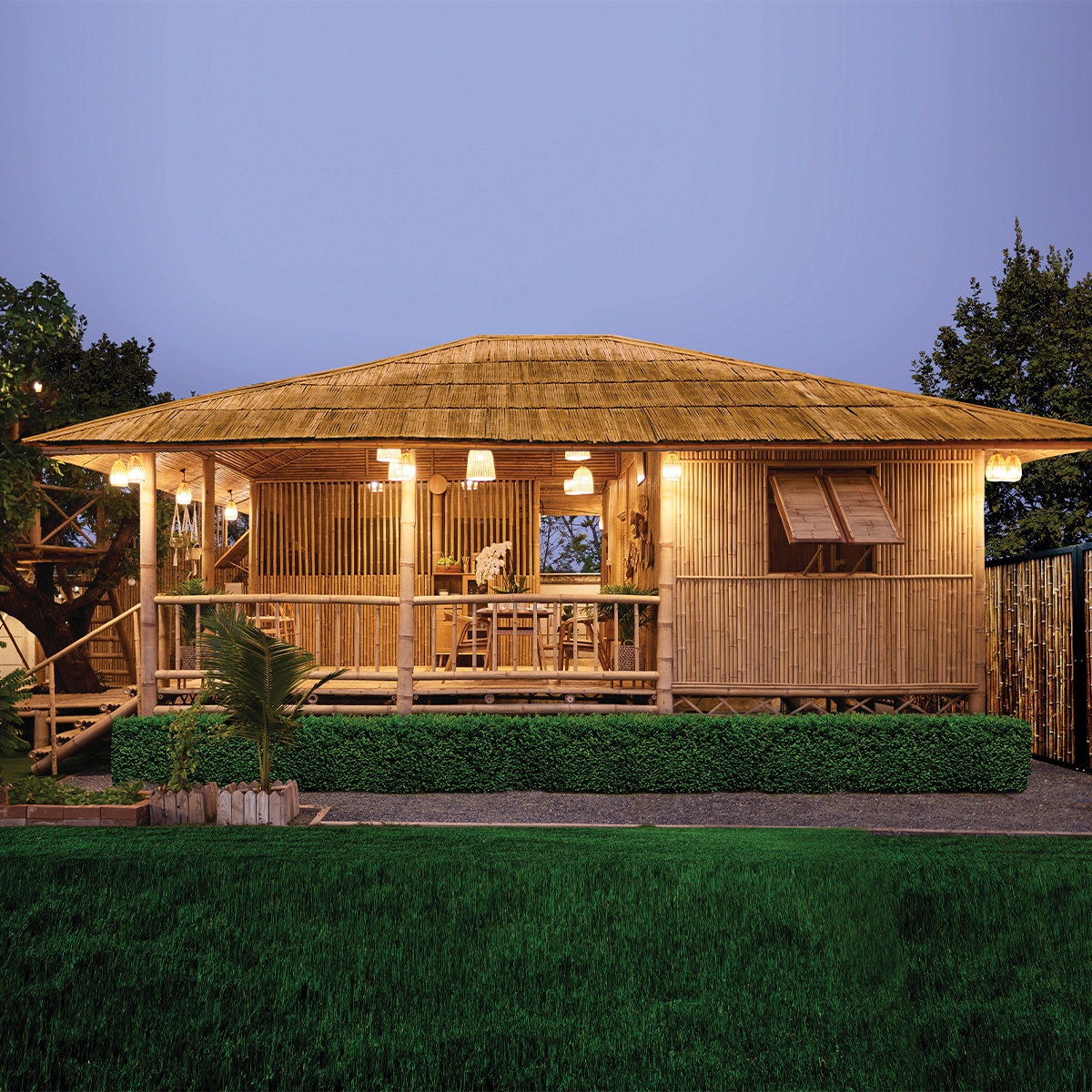
Over 1,000 species of bamboo are native to Asia, Australia, North and South America and Sub-Saharan Africa, but it grows best in tropical climates, where it’s built houses and structures for hundreds of years.
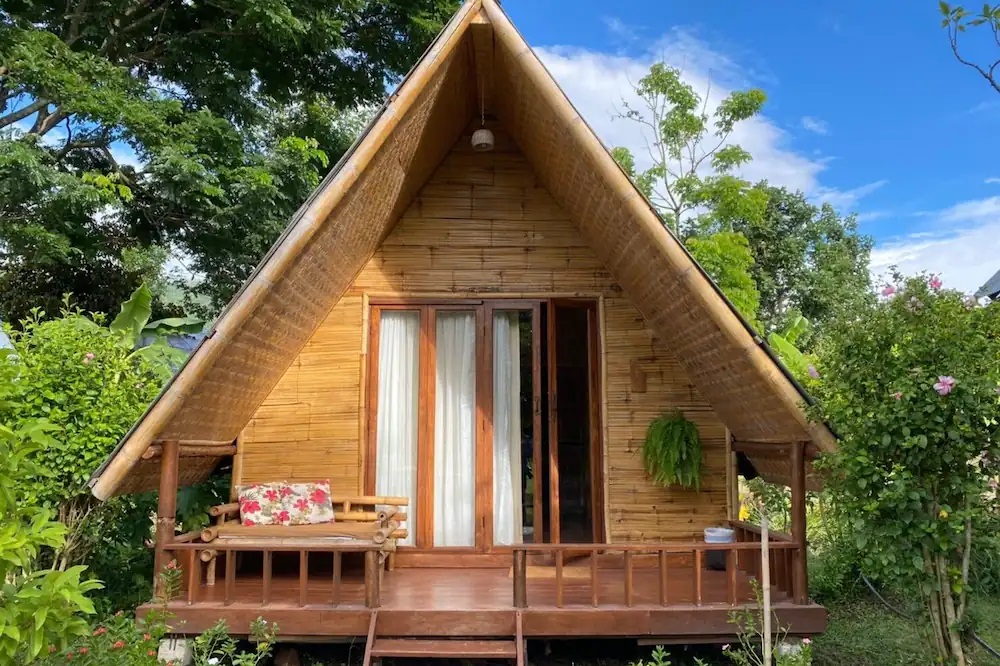
X
Once harvested, bamboo, just like wood, must be dried and treated to protect it against pests and to maximize its strengths as a building material.
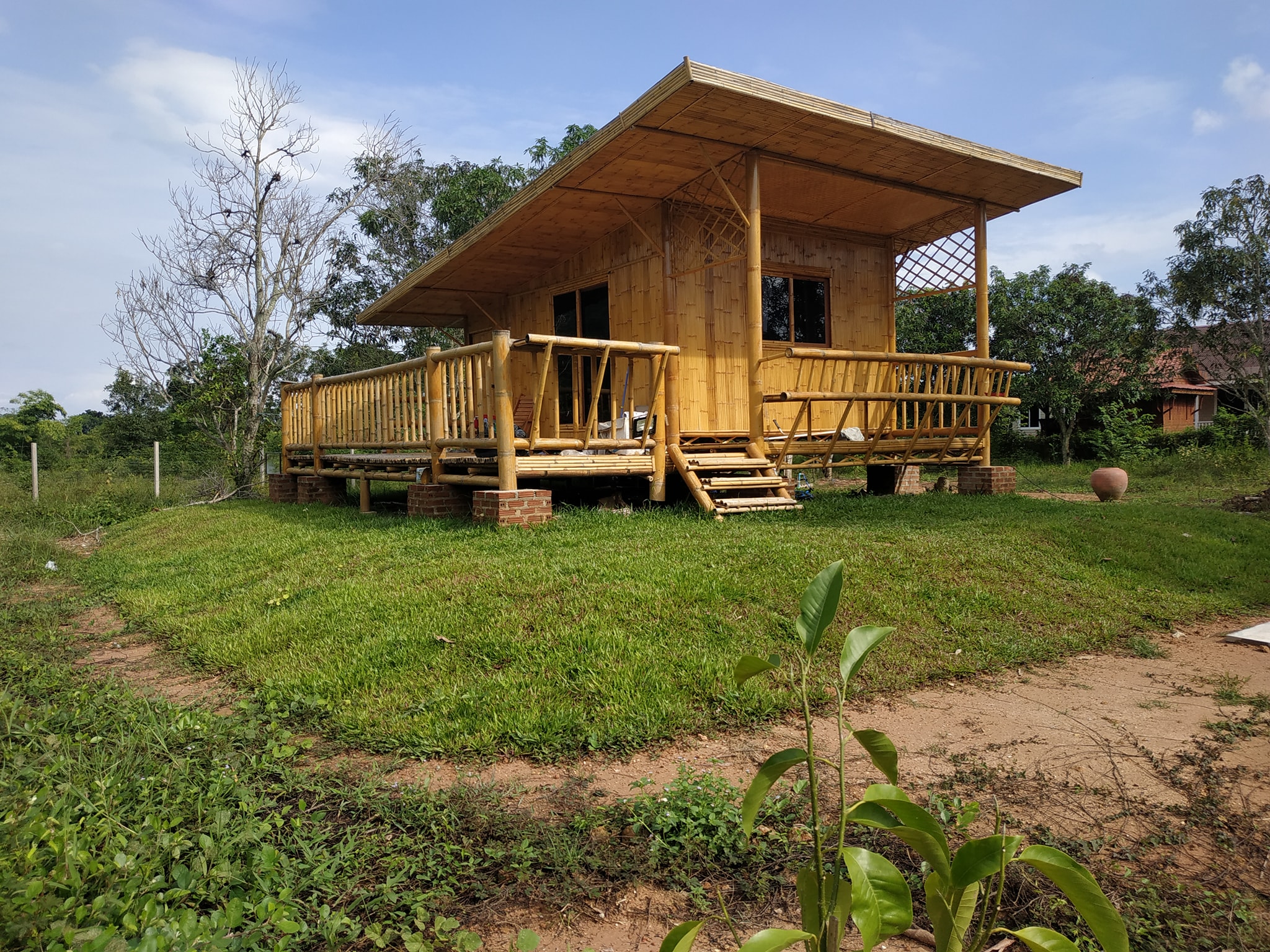
Eco-friendly bamboo is one of the fastest-growing wild grasses on earth. It reaches heights of full maturity in as little as three years and regenerates quickly after harvesting.
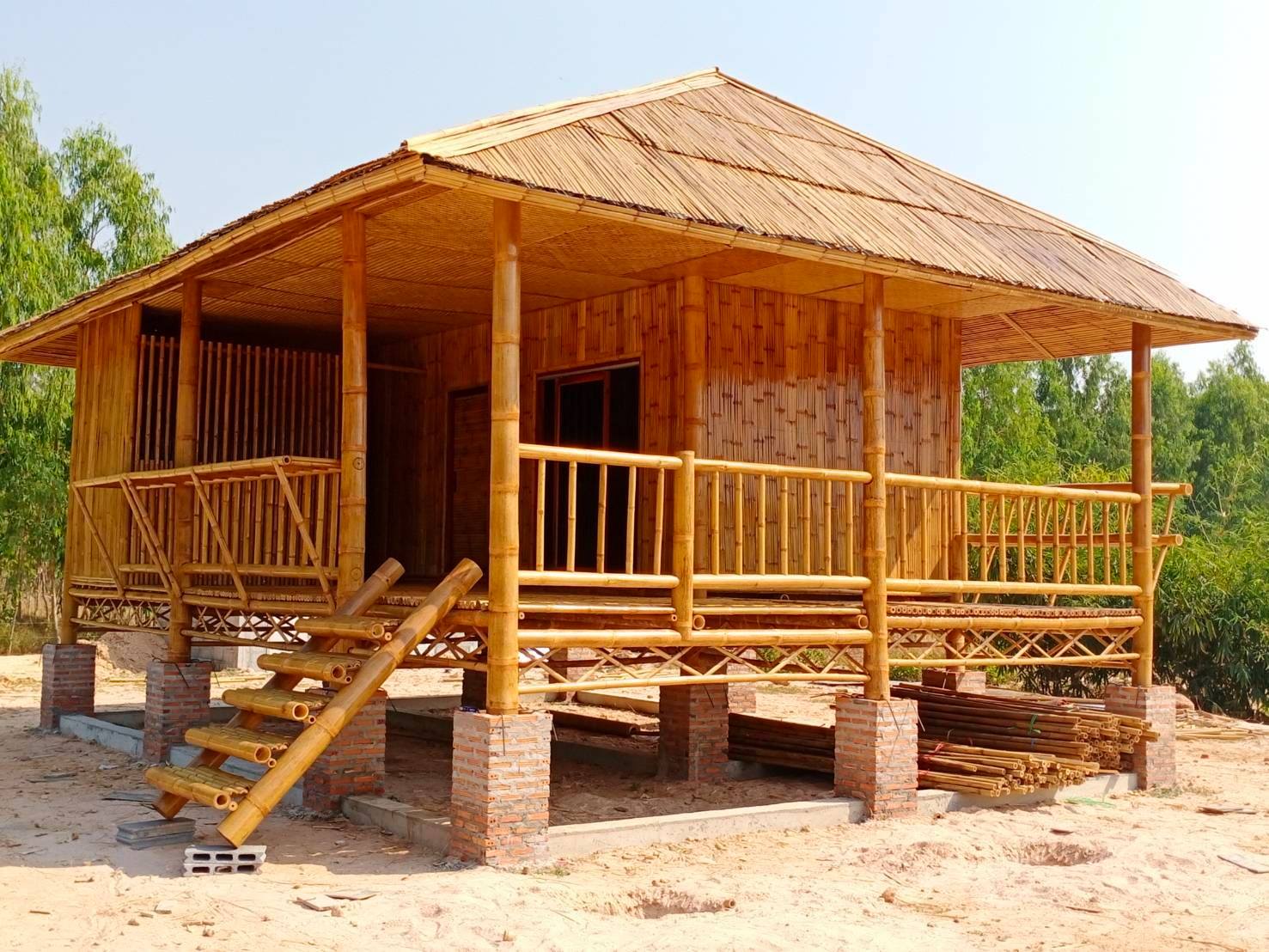
Some bamboo species have the same strength ratio as steel and almost twice the compression ratio of concrete—not bad for a hollow, light-weight grass. Building with bamboo is hardly a new concept.
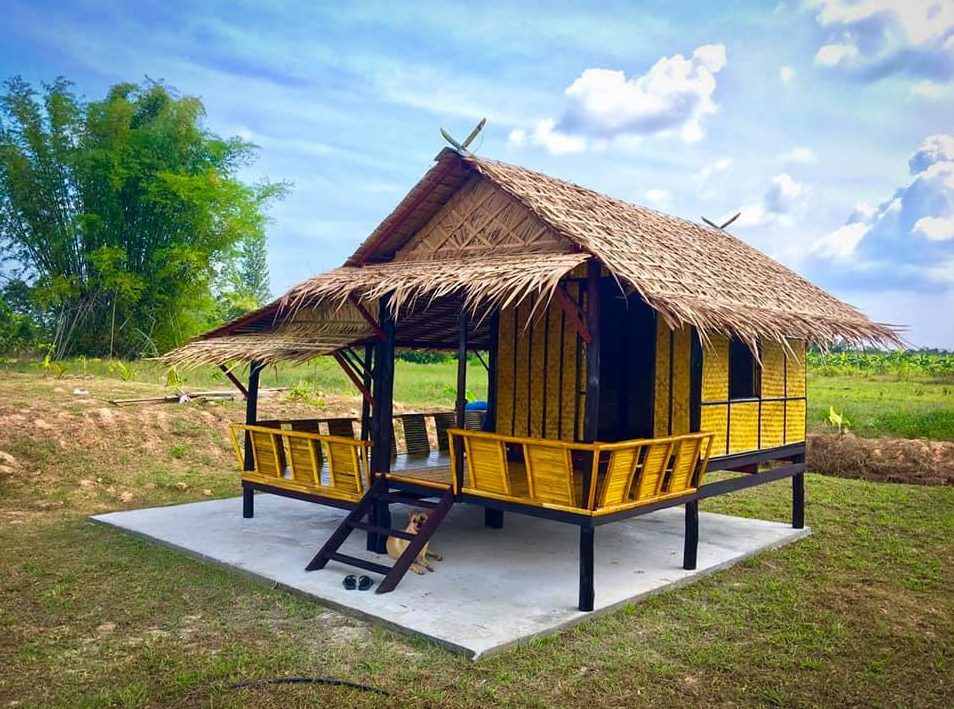
Many countries have been doing it for hundreds of years. Inspired by heightened interest in eco-friendly bamboo, trail-blazing teams of architects and builders are creating amazing bamboo structures for schools, hotels, homes and even bridges.
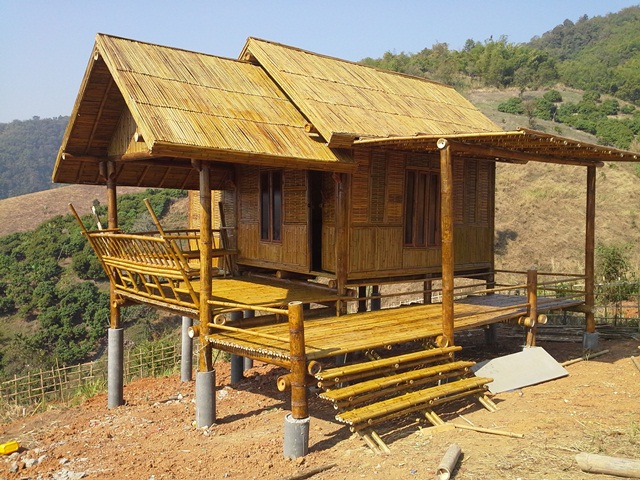
Due to its light weight and elasticity, bamboo is a popular building material in areas of the world where earthquakes, hurricanes and typhoons strike more frequently. Bamboo absorbs the shocks of seismic activity and high winds far better than rigid concrete and steel structures.
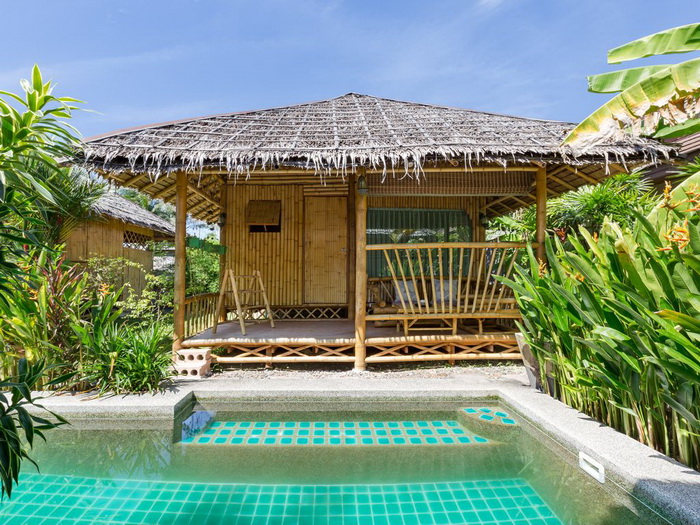
.
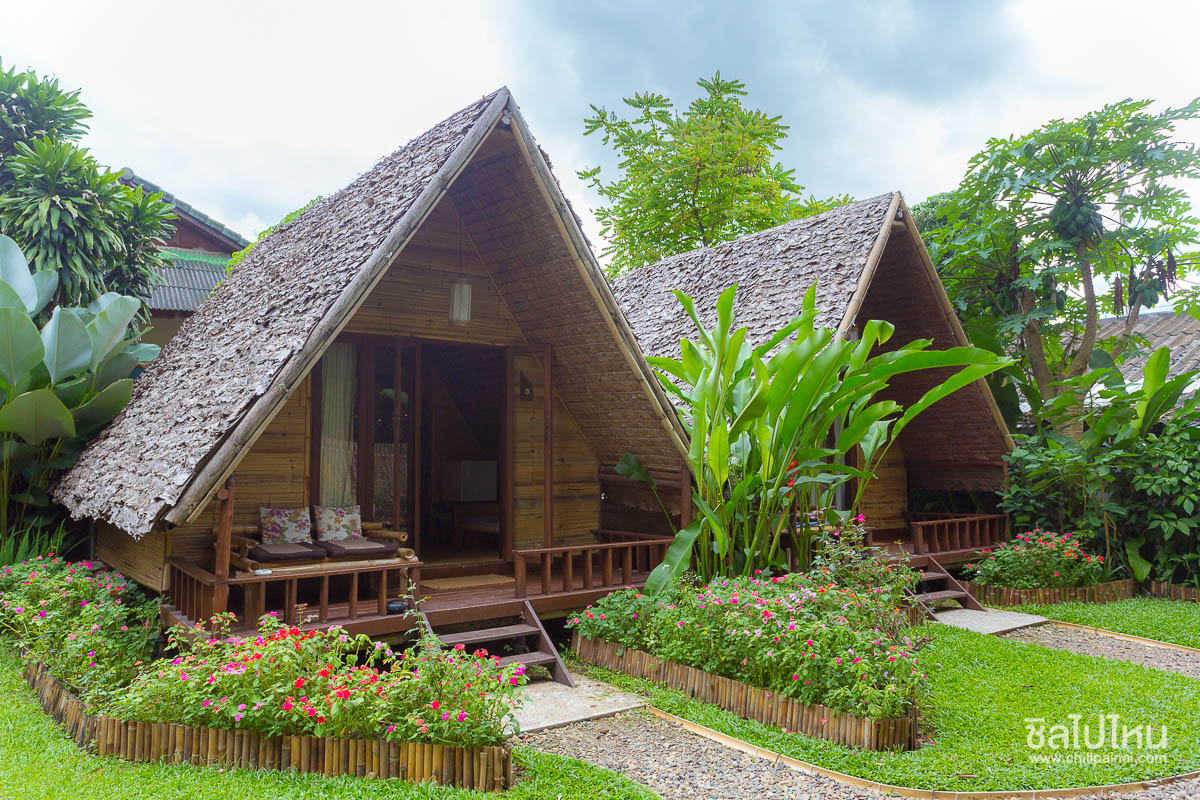
.
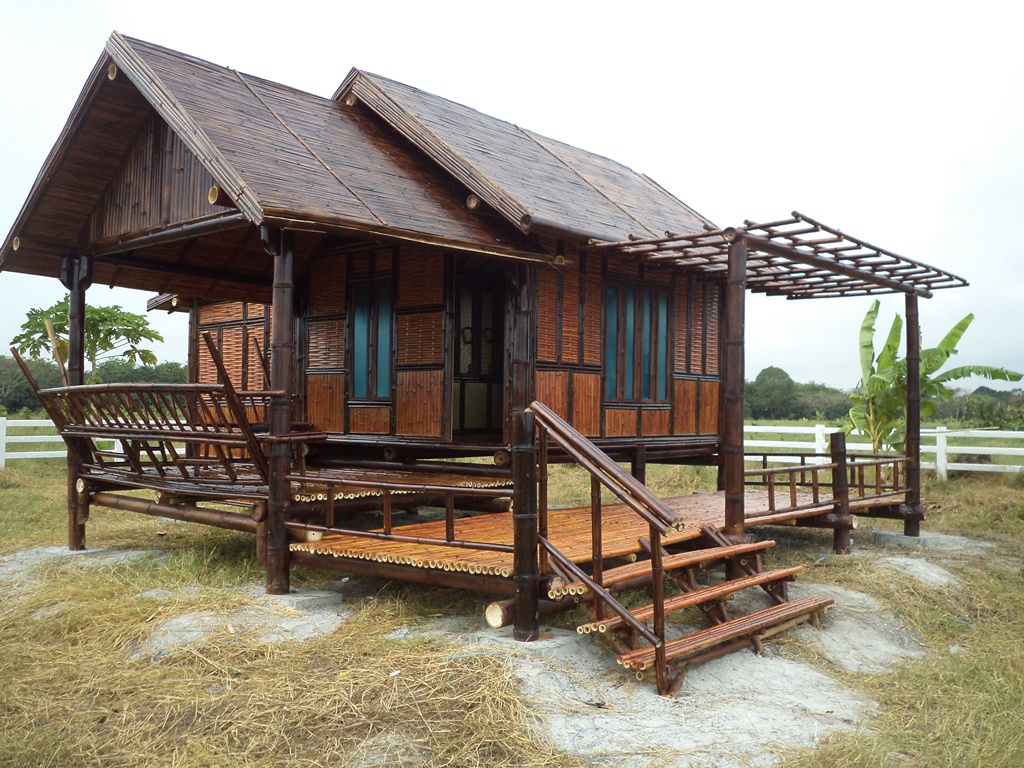
.
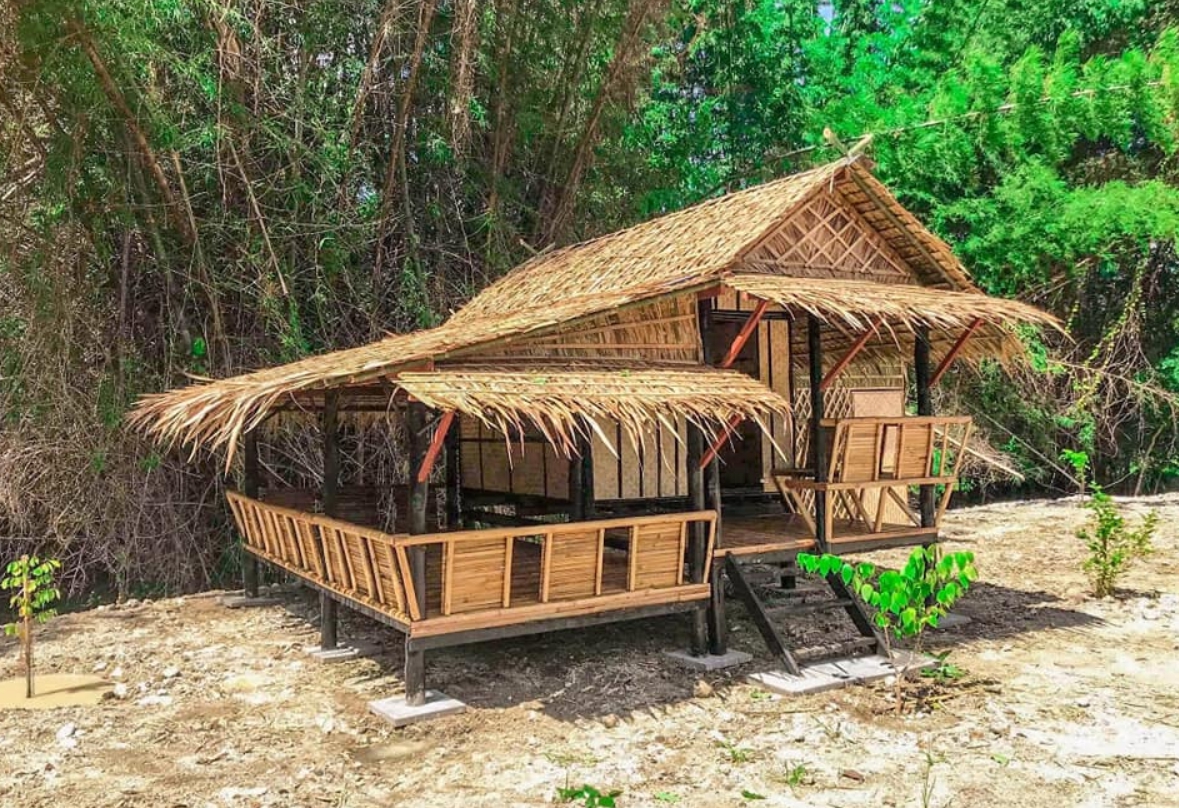
.
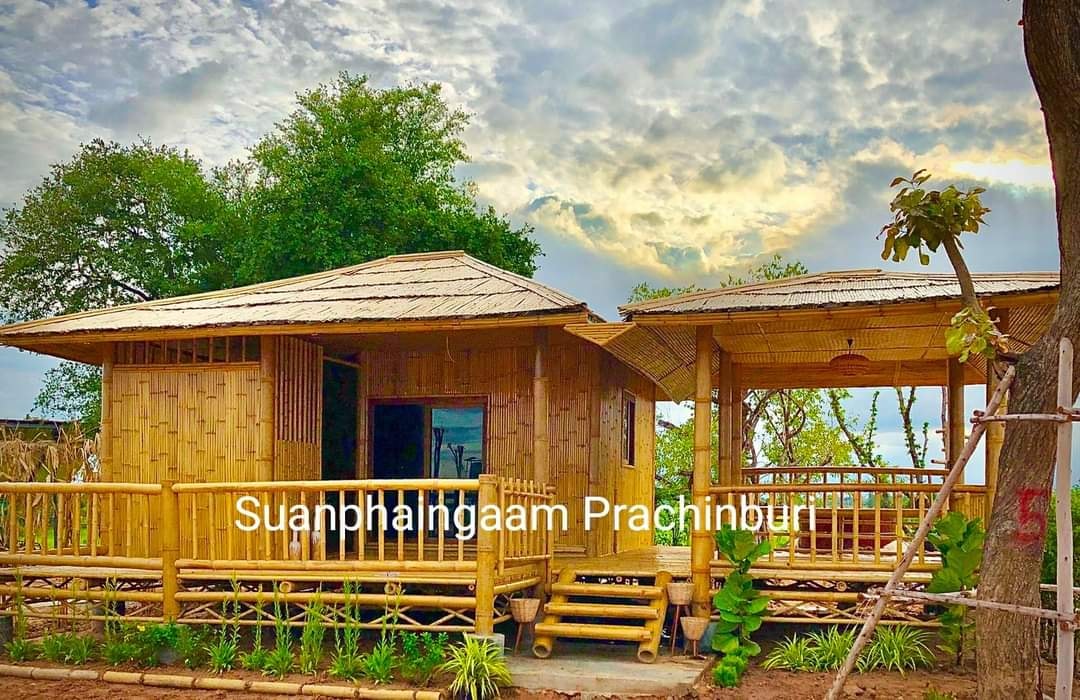
.

.
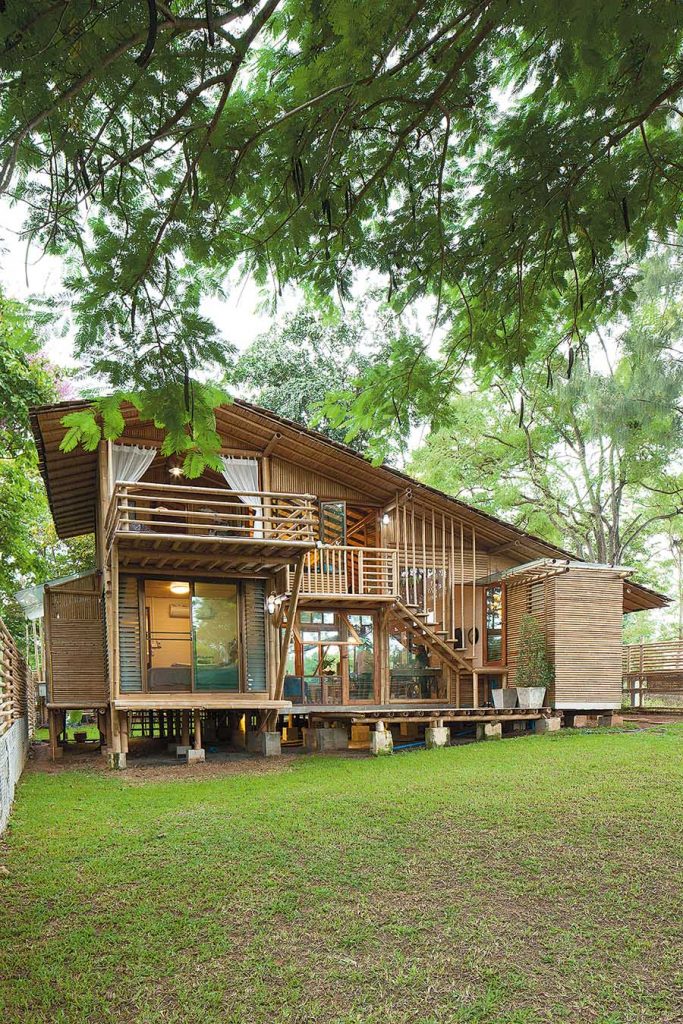
.
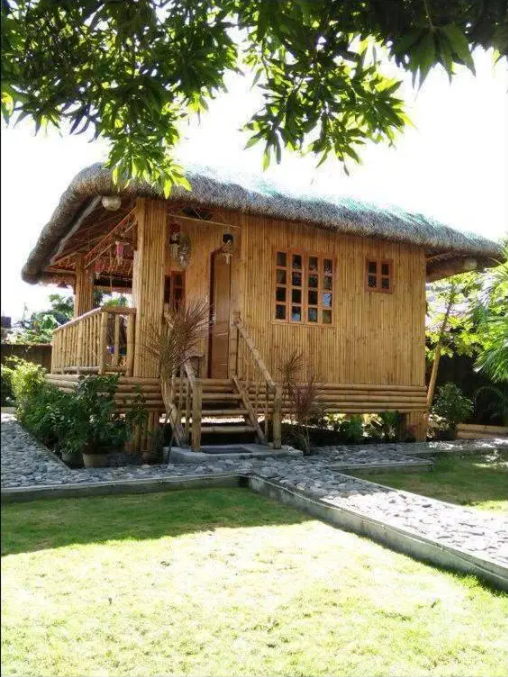
.
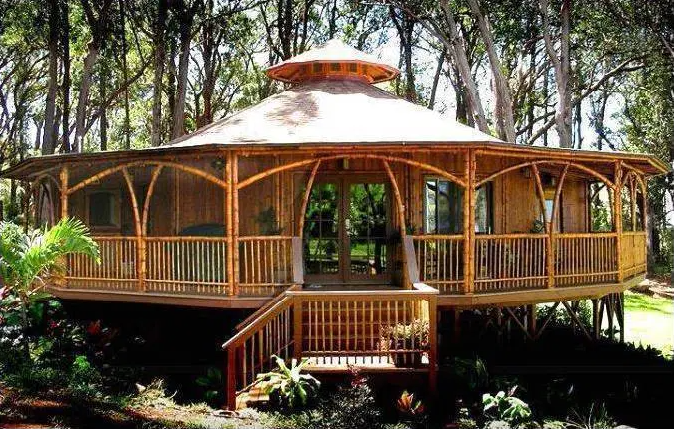
.
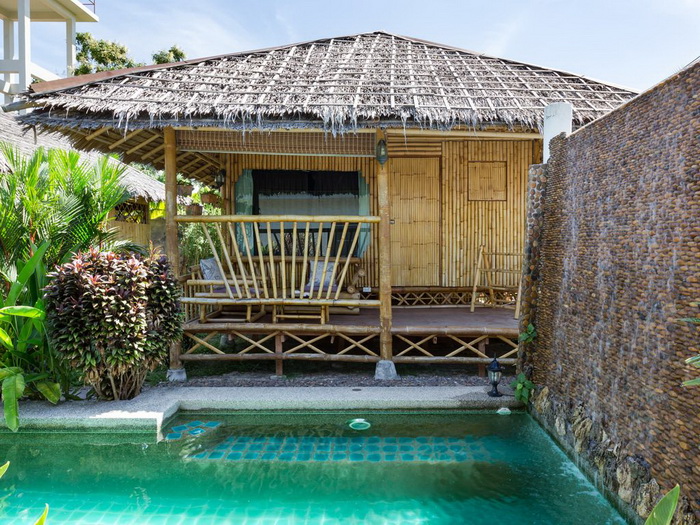
.
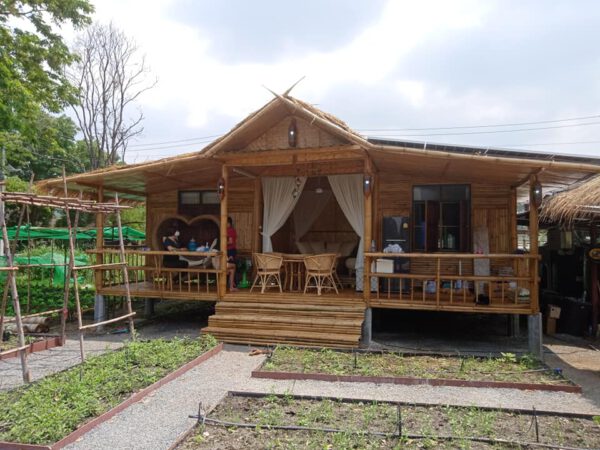
.
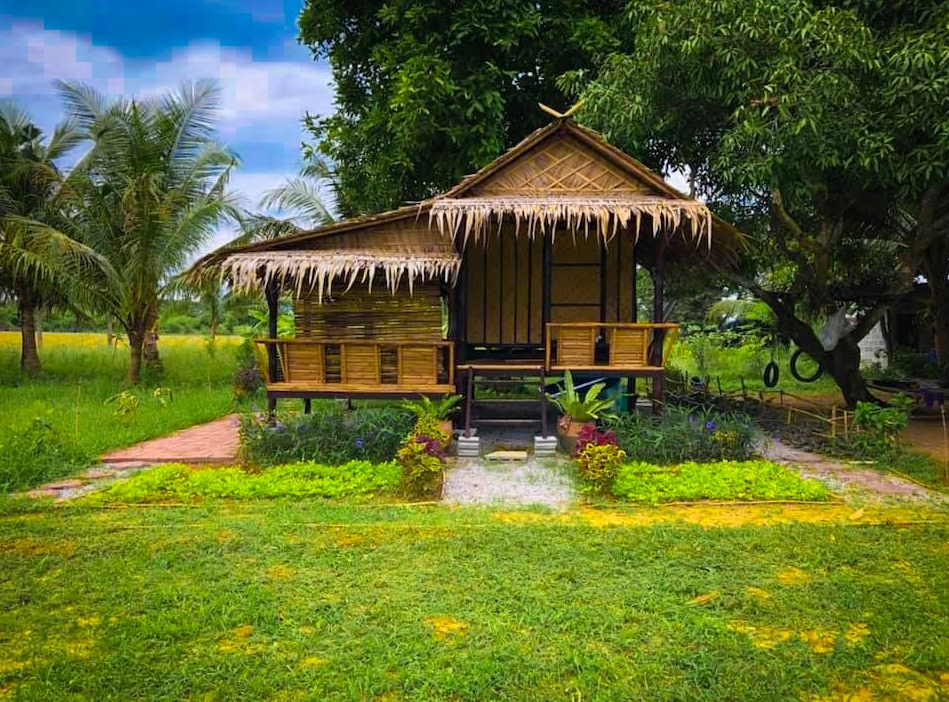
.
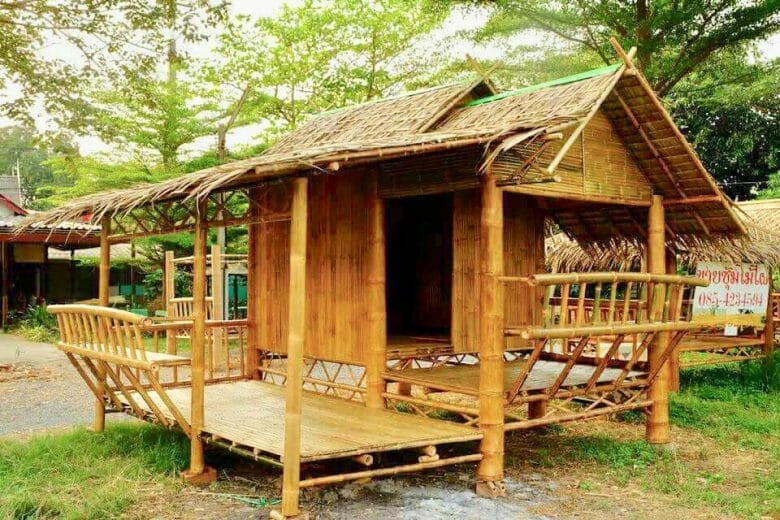
.
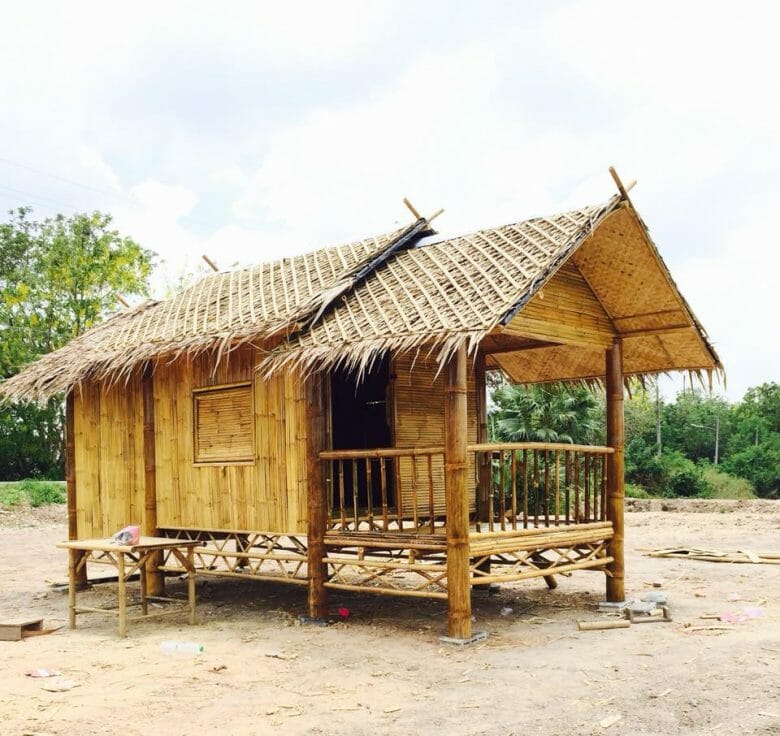
.
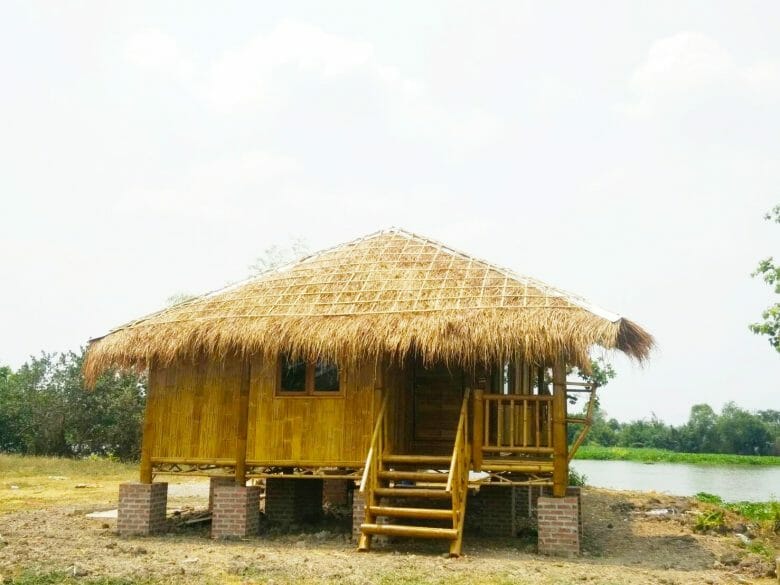
.
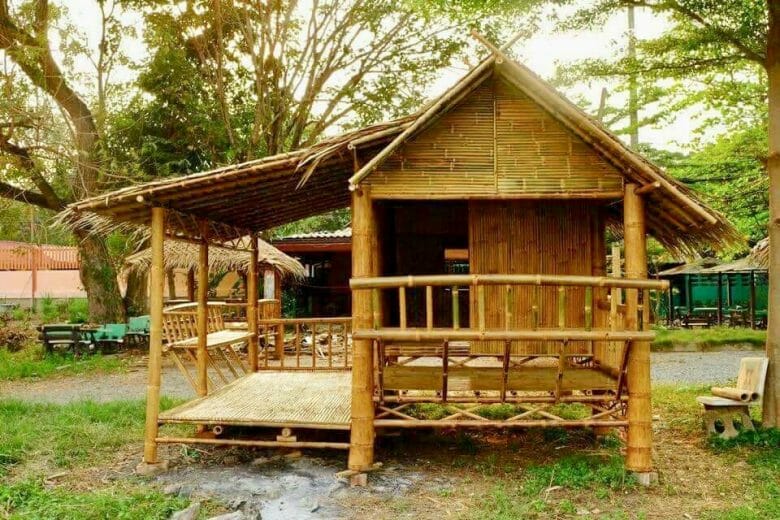
.

.
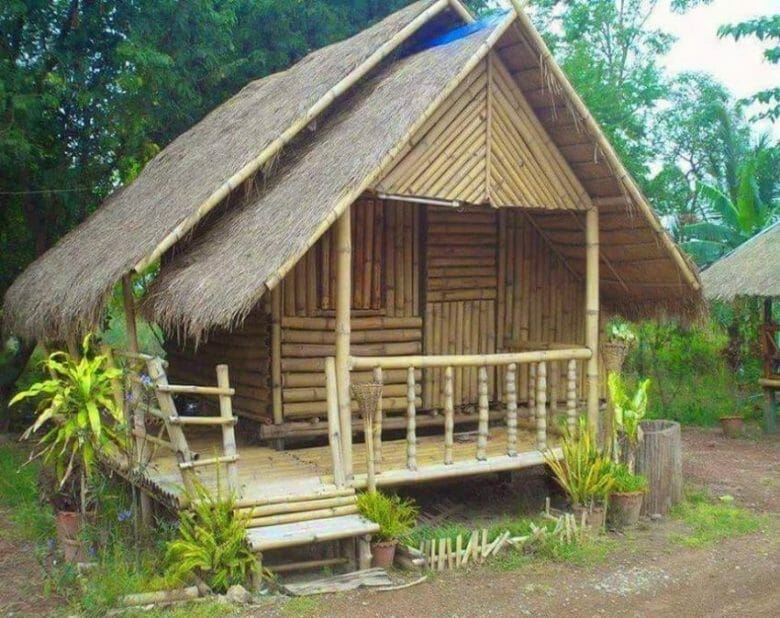
.
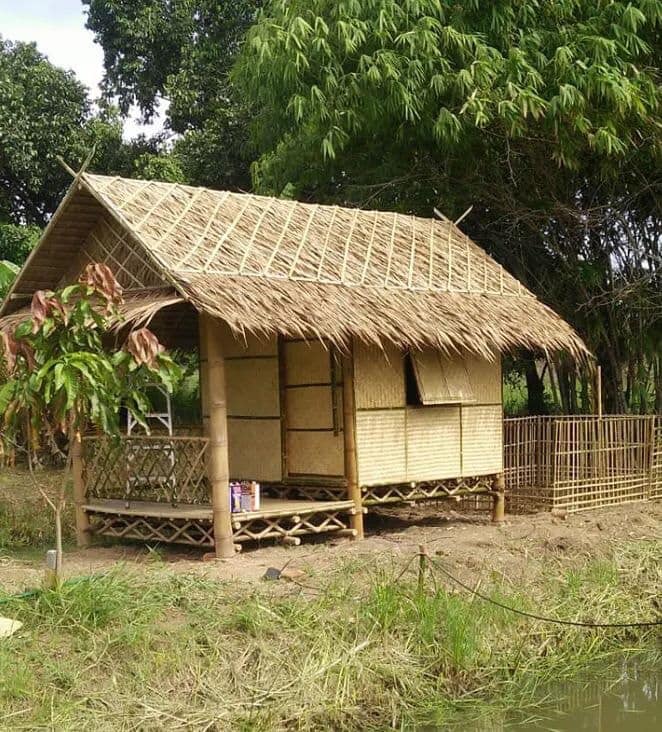
.
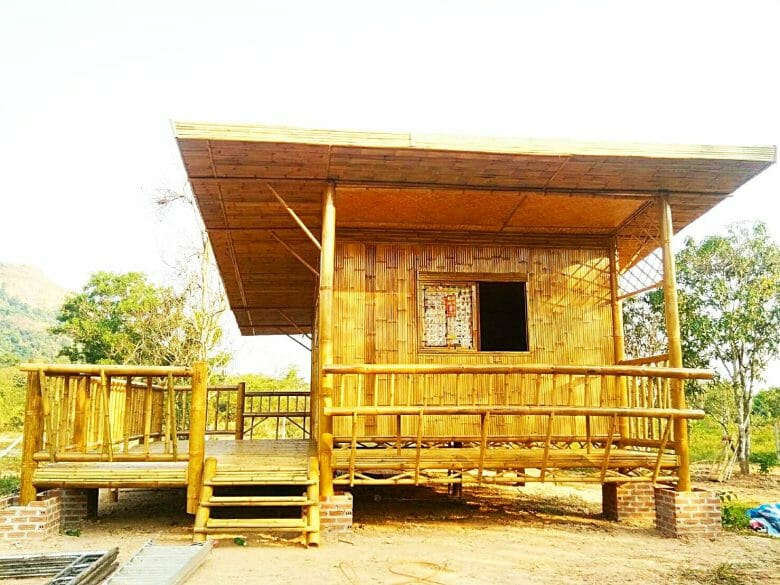
.

.
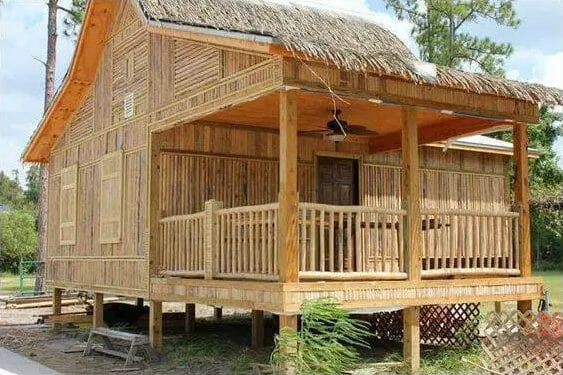
.
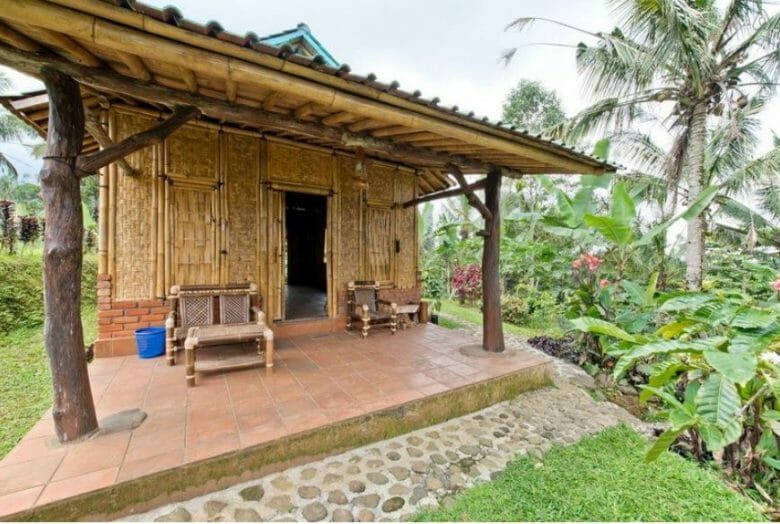
.
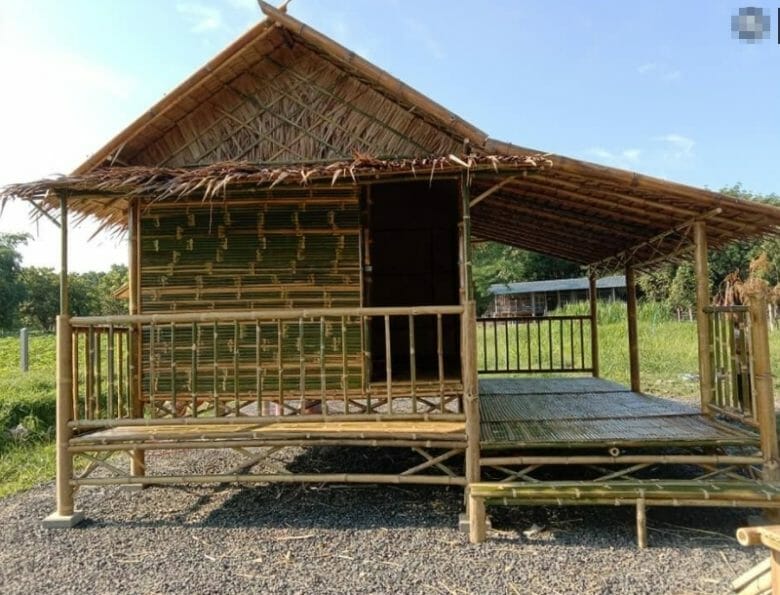
.
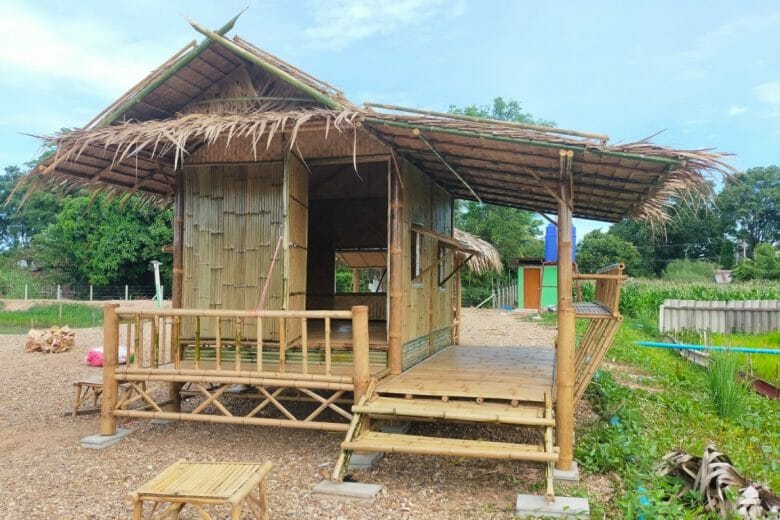
.
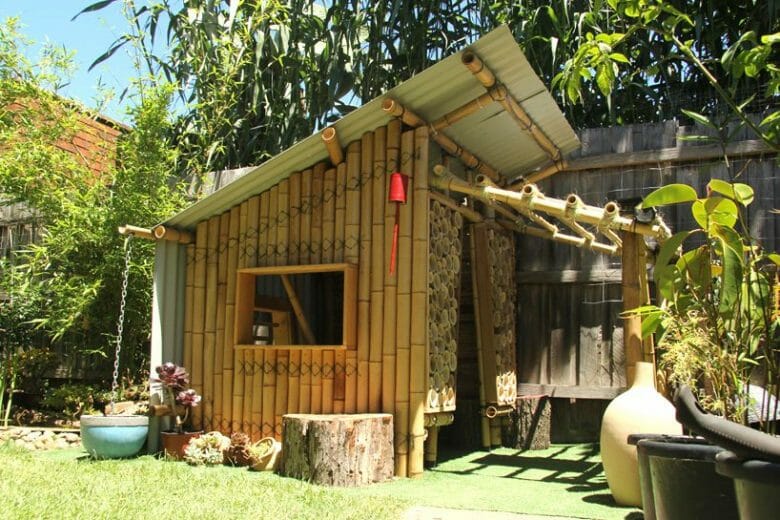
.
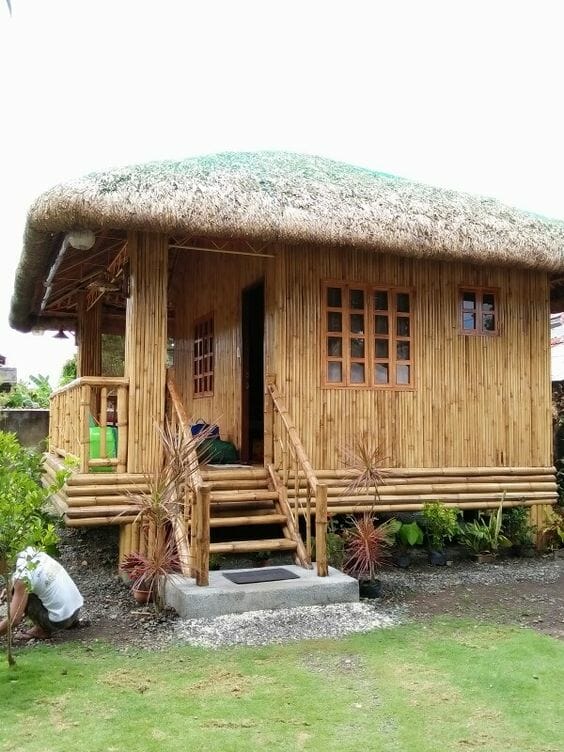
.
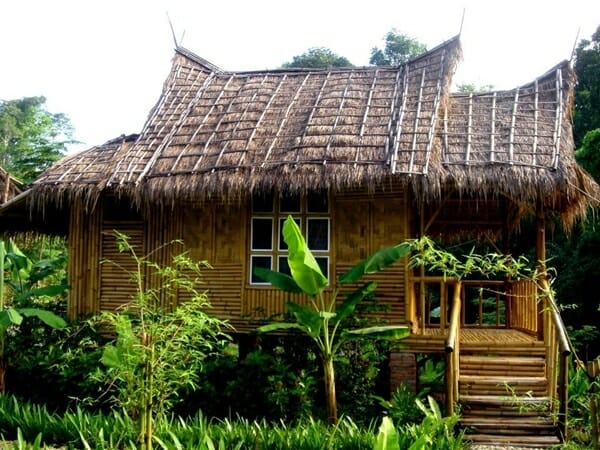
Credit: Pinterest
Source: Thaiupdates.info








